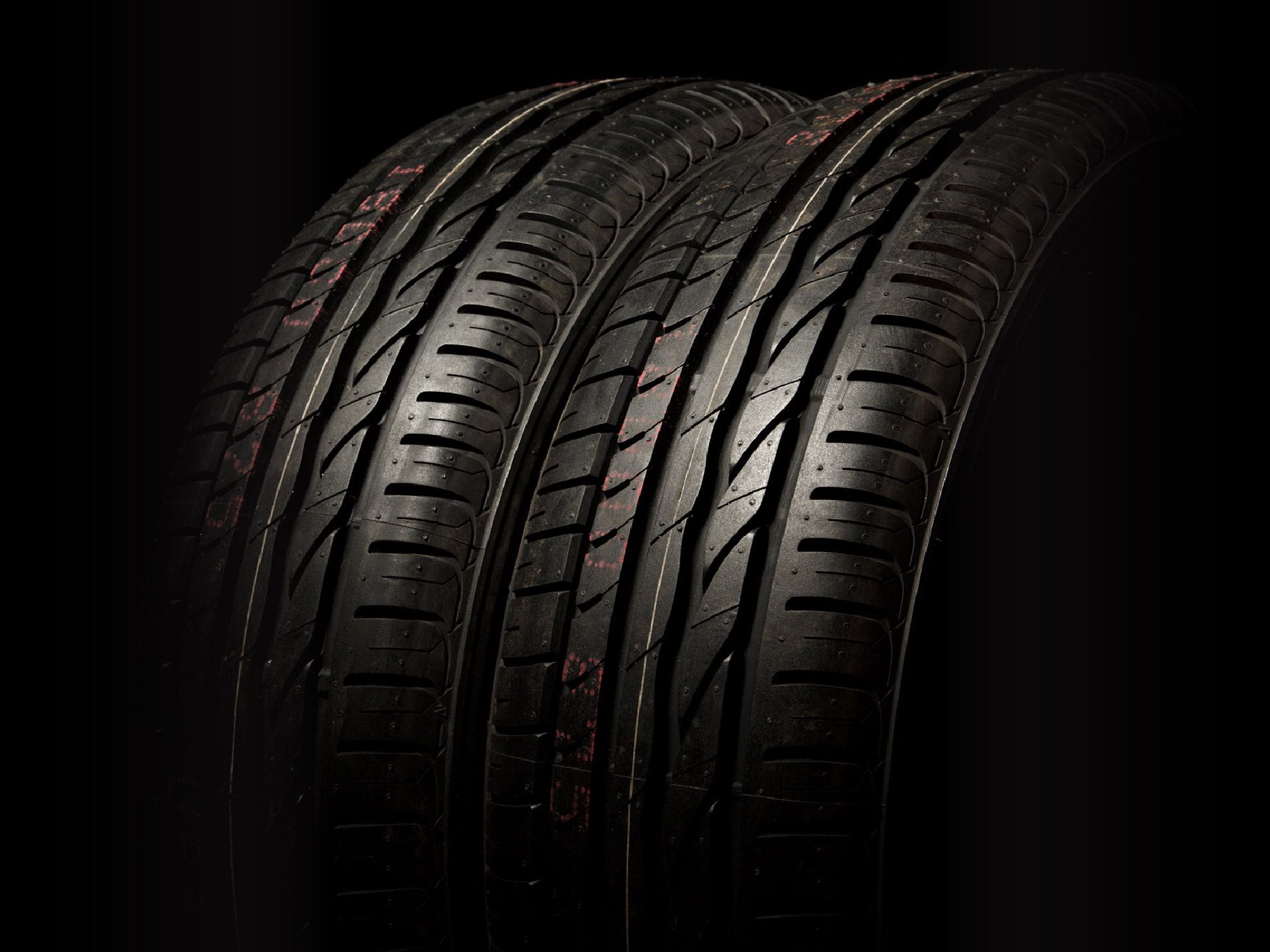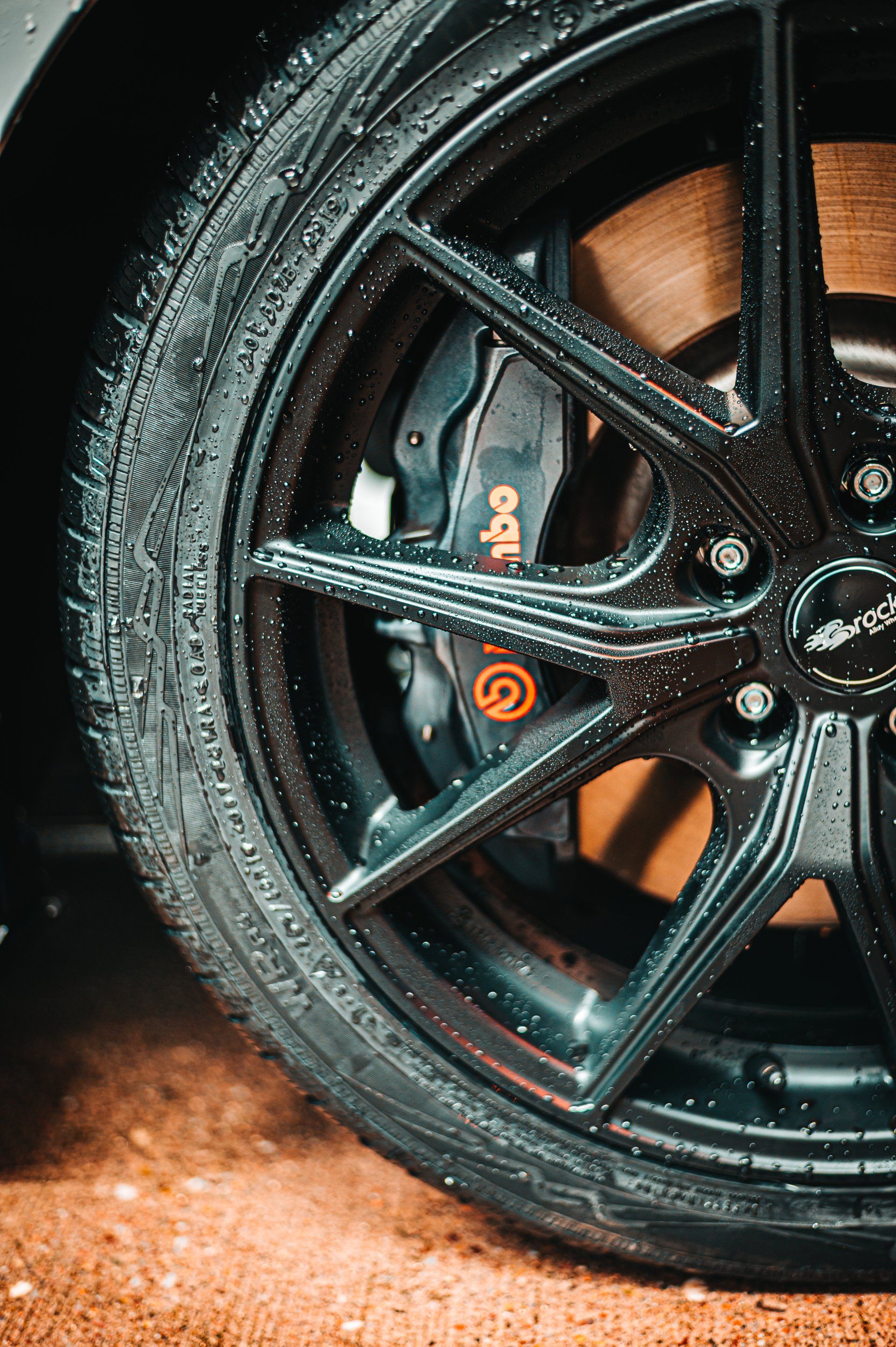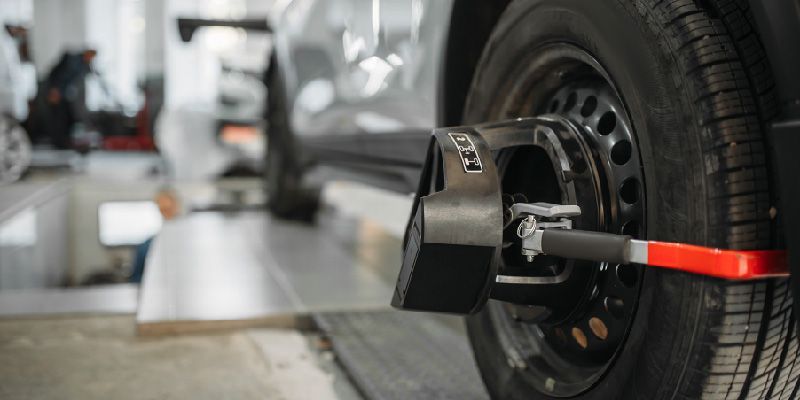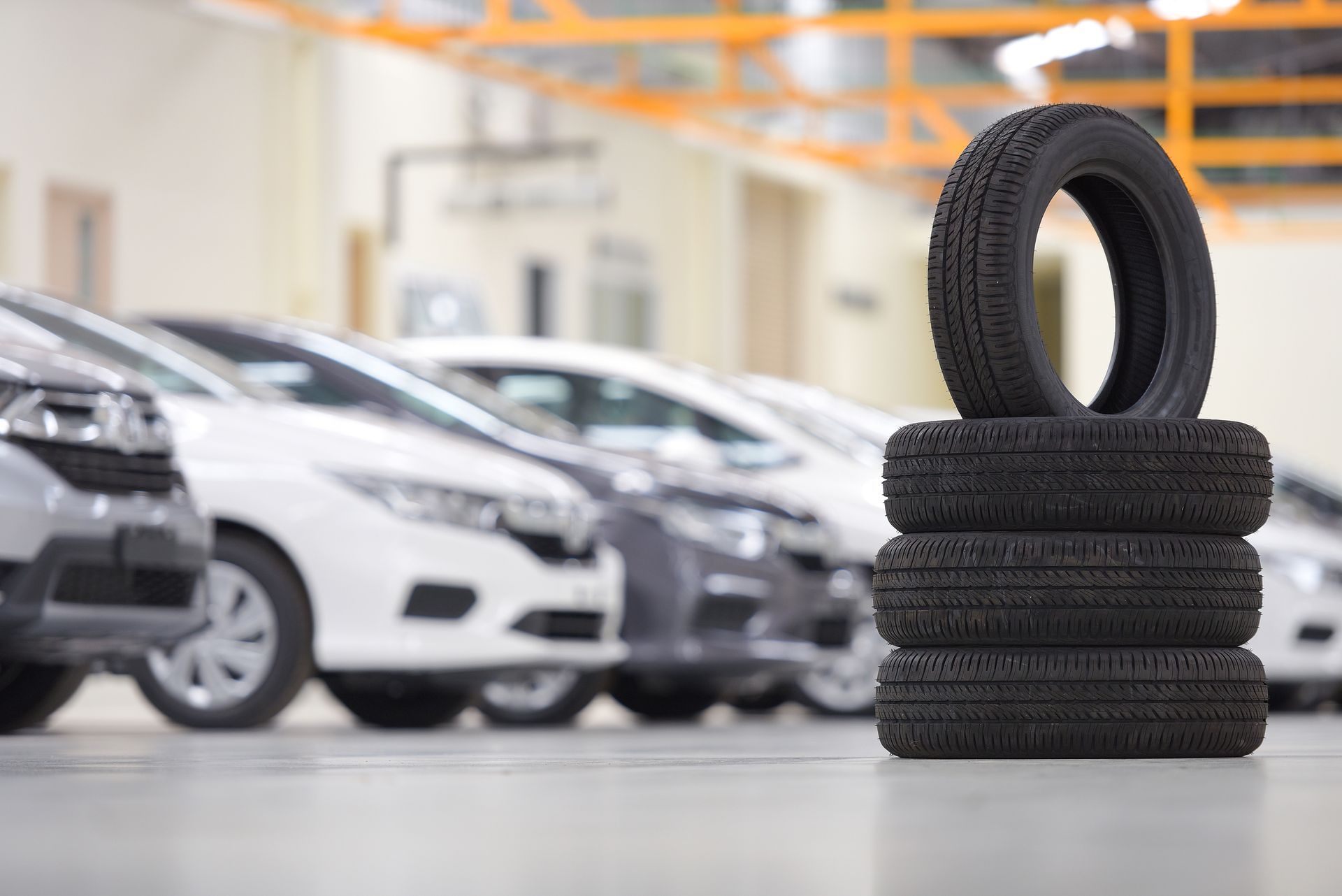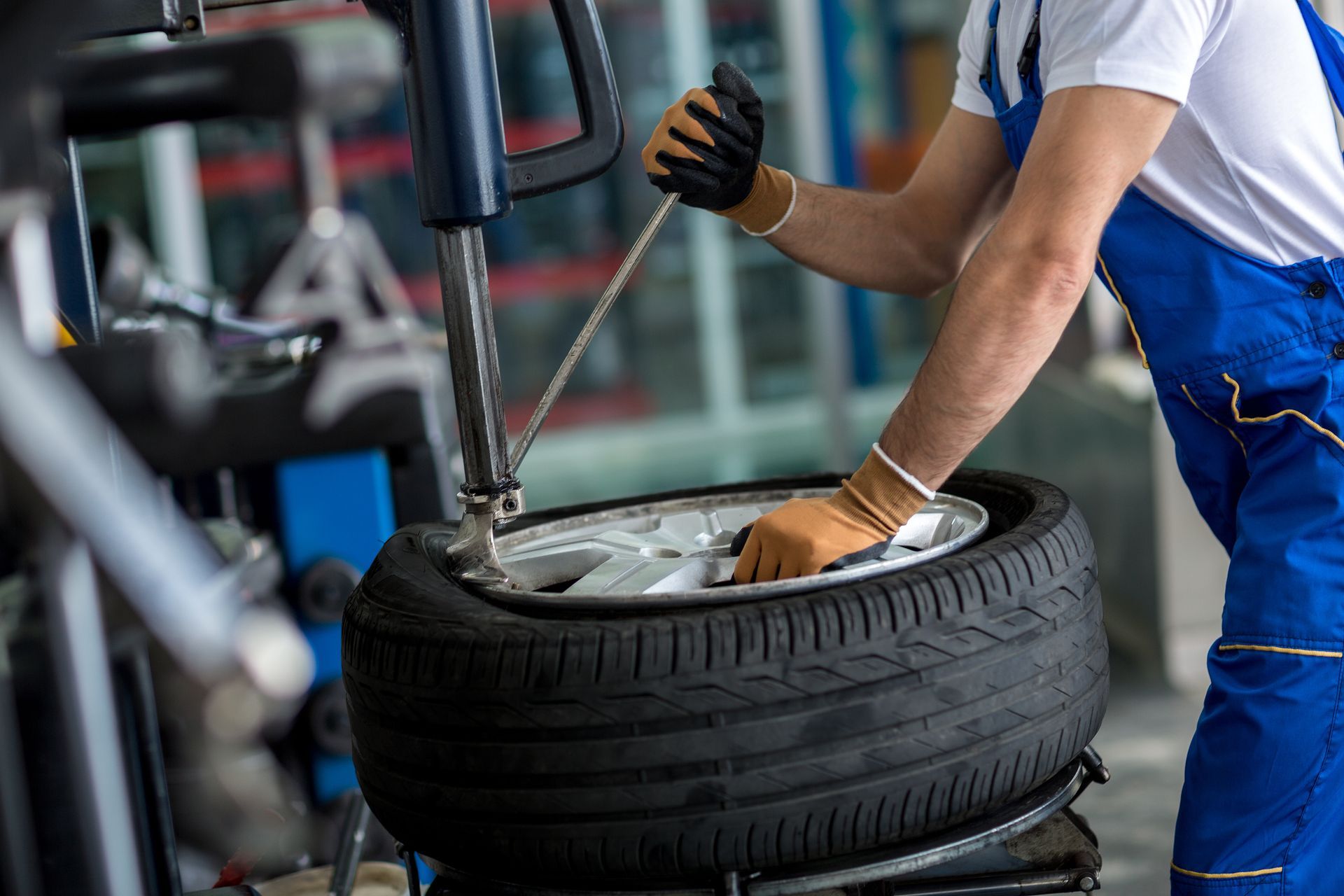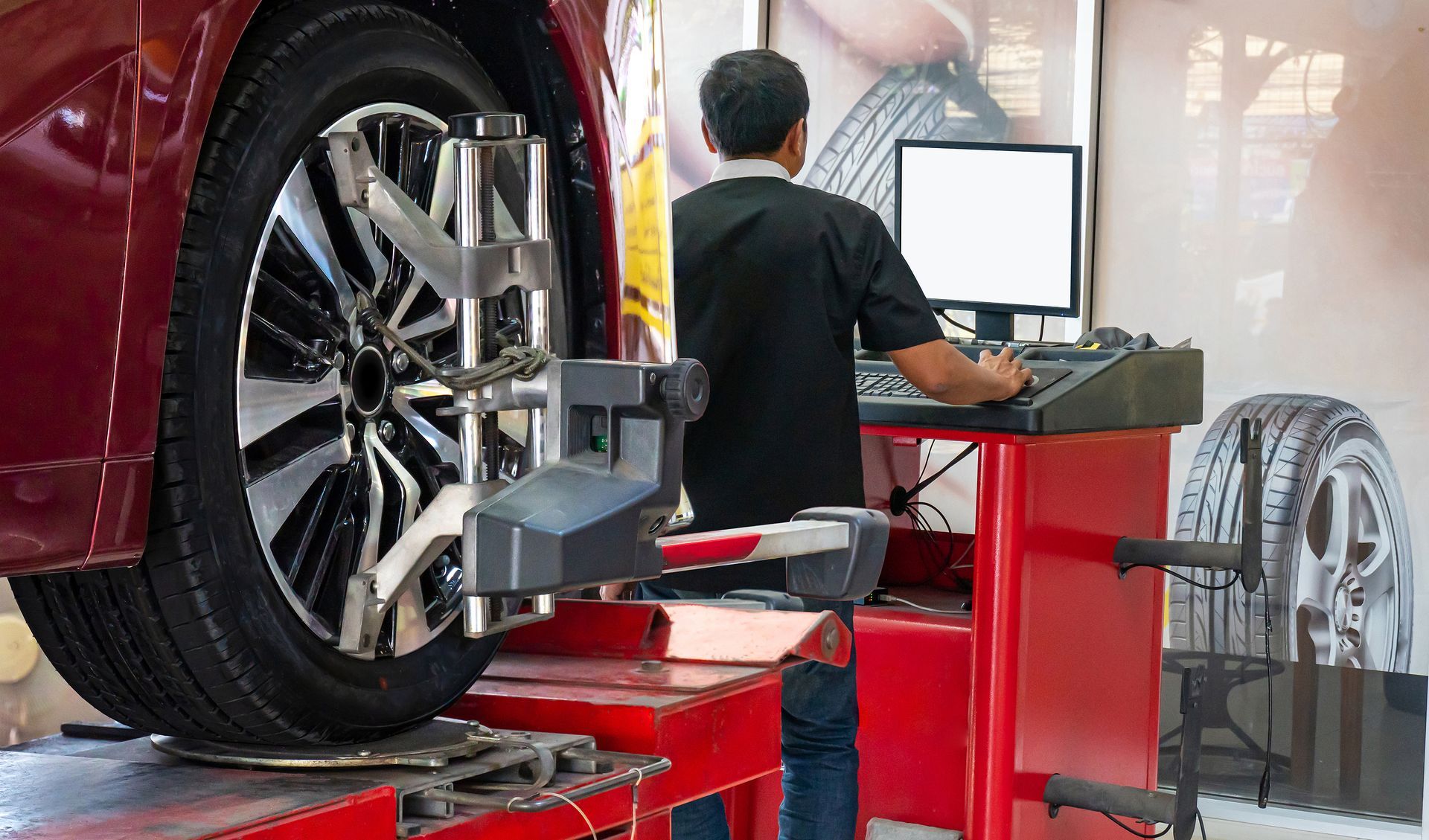How to Avoid Tire Blowouts
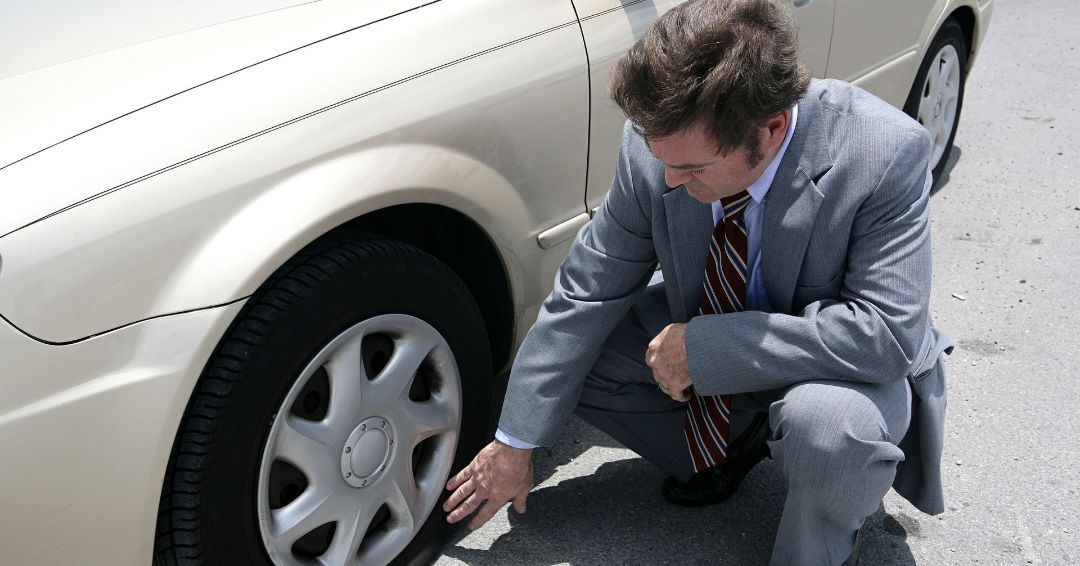
Tire blowouts can be a frightening and potentially dangerous event for any driver. A sudden burst or rapid deflation of a tire can cause a driver to lose control of their vehicle, leading to accidents and injuries. The good news is, with proper tire care and maintenance, most tire blowouts can be prevented. In this guide, we'll walk through essential tire tips and practices that can help ensure your safety on the road.
Understand the Causes of Tire Blowouts
Before delving into prevention strategies, it's vital to grasp why tire blowouts occur. Common culprits include:
- Under-Inflation: Tires that are not properly inflated can overheat due to excess friction, leading to a blowout.
- Overloading: Exceeding your vehicle's load capacity puts extra pressure on tires, which can cause them to fail.
- Wear and Tear: Old or worn tires are more susceptible to blowouts as they can’t withstand the stress of driving as effectively as new tires.
- Damage: Punctures or damage to the tire sidewall weaken the structure, increasing the risk of a blowout.
- Heat: High temperatures can exacerbate existing problems, leading to increased tire stress and potential blowouts.
Regular Tire Inspection and Maintenance
Check Tire Pressure Regularly
The simplest way to prevent a tire blowout is to ensure your tires are properly inflated. Check your tire pressure at least once a month and before long trips. Use a reliable tire pressure gauge and inflate your tires according to the manufacturer's recommendations, which can be found in your vehicle's manual or on a sticker inside the driver's door.
Inspect Tires for Wear and Damage
Regularly inspect your tires for signs of wear, such as cracks, bulges, or bald spots. Pay close attention to the sidewalls, looking for any cuts or protrusions that could indicate internal damage. If you spot any issues, it's best to have a professional assess whether the tire needs to be repaired or replaced.
Monitor Tread Depth
The tread on your tires is crucial for maintaining traction on the road. To prevent blowouts, ensure your tires have adequate tread depth. A simple way to check this is with the "penny test." Insert a penny into the tread groove with Lincoln's head facing down. If you can see the top of Lincoln's head, it's time for new tires.
Rotate Your Tires Regularly
Tire rotation helps to ensure even tire wear, which can prolong the life of your tires and prevent blowouts. Most manufacturers recommend rotating tires every 5,000 to 7,000 miles. Check your vehicle's manual for specific recommendations.
Keep Up with Vehicle Maintenance
Maintain Proper Tire Alignment
Misaligned tires can cause uneven wear and put extra stress on tire components, leading to blowouts. If your vehicle pulls to one side or you notice uneven tire wear, it may be time for an alignment check.
Suspension Check
Your vehicle's suspension system, including shocks and struts, plays a significant role in maintaining tire stability. A well-maintained suspension system can prevent excessive tire movement and wear. Have your suspension checked regularly, especially if you notice changes in your vehicle's handling or ride comfort.
Don't Overload Your Vehicle
Exceeding your vehicle's weight capacity can increase tire temperature and pressure, leading to a higher risk of a blowout. Always adhere to the load specifications listed in your vehicle's manual.
Be Prepared for Long Trios and Hot Weather
Pre-Trip Tire Check
Before embarking on a long journey, conduct a thorough tire check. Ensure your tires are properly inflated, inspect for any visible damage, and confirm that your spare tire is in good condition and ready for use if needed.
Be Mindful of High Temperatures
In hot weather, tire pressure can increase rapidly. If you're driving in hot conditions, check your tire pressure more frequently and adjust as necessary to avoid over-inflation, which can lead to a blowout.
What to Do If You Experience a Tire Blowout
If you find yourself in the midst of a tire blowout, it's important to remain calm and follow these steps:
- Do Not Slam on the Brakes: Sudden braking can cause you to lose control. Instead, gently press the accelerator to maintain momentum.
- Steady the Wheel: Firmly hold the steering wheel to keep your vehicle straight.
- Gradually Slow Down: Once the vehicle is stable, slowly release the accelerator and allow the vehicle to decelerate.
- Pull Over Safely: Look for a safe place to pull over, away from traffic, and turn on your hazard lights.
The Role of Technology in Tire Safety
Tire Pressure Monitoring Systems (TPMS)
Many modern vehicles are equipped with TPMS, which alerts you when tire pressure is low. While this technology can be incredibly helpful, it should not replace regular manual checks, as TPMS may not always detect slow leaks or under-inflation in all tires simultaneously.
Run-Flat Tires
Run-flat tires are designed to support the weight of a vehicle for a short period, even after losing air. They can provide additional time to safely reach a service station or pull over after a puncture. However, they are not a substitute for regular tire maintenance.
Final Thoughts on Tire Safety
By following the tire care and maintenance tips outlined above, you can significantly reduce the risk of experiencing a tire blowout. Regular inspections, proper inflation, and vehicle maintenance are the keys to ensuring your tires remain in good condition and keep you safe on the road.
Remember, your tires are the only point of contact between your vehicle and the road. Taking care of them is not only crucial for your safety but also for the safety of others on the road. Make tire safety a priority, and you'll enjoy a smoother, safer driving experience.
